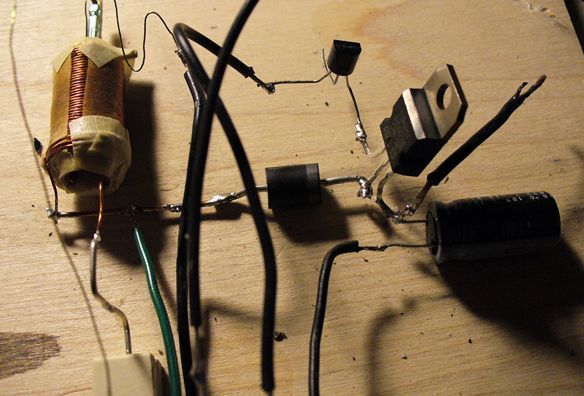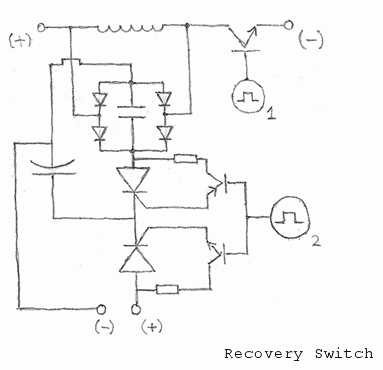Originally posted by geotron
View Post
Originally posted by geotron
View Post
 my bearing would be causing a lot of drag, they stayed ok for a while
my bearing would be causing a lot of drag, they stayed ok for a while so I ordered some new
so I ordered some new

 I do respect your thoughts though. And you are
I do respect your thoughts though. And you are





Comment